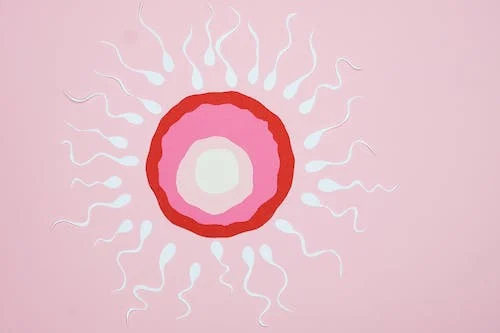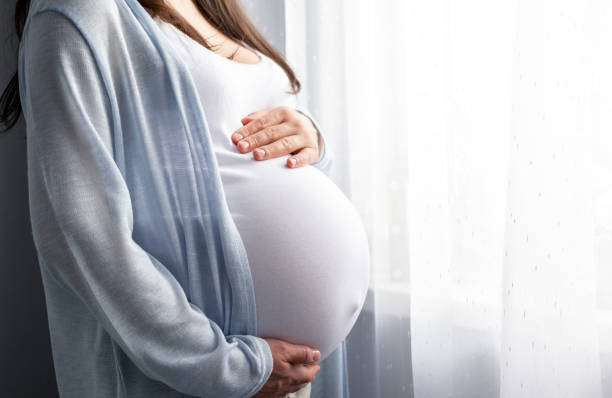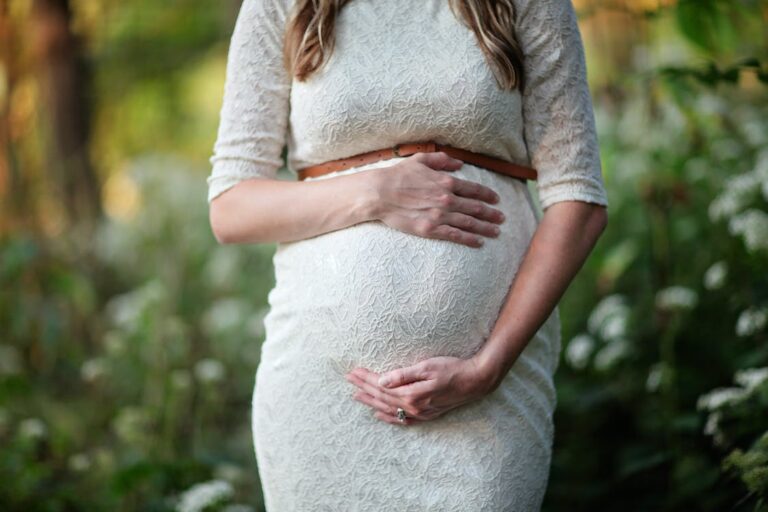What Is A Vaginal Contraceptive Ring?
[lwptoc]
A vaginal ring is a hormonal contraceptive (birth control) device for women. It’s a flexible, latex-free plastic ring that is inserted into the vagina. A vaginal ring comprises the hormones oestrogen and progesterone, which are released over a period of 3 weeks. A vaginal ring is worn for 3 weeks and then removed — paving way for menstruation to occur. A new ring is then inserted after a week.
Types of a vaginal ring
- Combined hormonal vaginal contraceptive ring: The combined hormonal vaginal contraceptive ring is also known as NuvaRing. It is a flexible plastic (ethylene-vinyl acetate copolymer) ring, which releases a low dose of progestin and oestrogen over 3 weeks.
- Progesterone only vaginal ring: A progesterone vaginal contraceptive ring has also been developed. It is precisely made for use during breastfeeding as it does not affect milk production.
How vaginal ring works?
A vaginal ring prevents pregnancy by steadily releasing hormones oestrogen and progesterone into the body, which suppresses ovulation — thereby keeping the ovaries from releasing an egg.
The hormones contained in a vaginal ring might also:
- Thicken the cervical mucus to prevent sperm from reaching the egg.
- Thin the lining of the uterus (endometrium) to avert implantation of a fertilized egg.
Vaginal ring use
A vaginal ring use is very simple. To insert it:
- Wash the hands with soap and water.
- Remove the ring from the foil packet and save the packet.
- Squeeze the sides of the ring together to make it narrow and insert the ring into the vagina.
Removal of a vaginal ring
To remove a vaginal ring:
- Hook the index finger under the edge of the ring or grasp the ring between the index finger and middle finger, and pull it out gently.
- Place the used ring back into the original foil packet and discard. Don’t flush.
- Wait for one week before inserting a new ring.
Advantages of a vaginal ring.
Some of the benefits of a vaginal ring include:
- Ease of use.
- Safety.
- Effectiveness.
- Doesn’t interrupt sex.
- Likely to ease menstrual cramps and acne.
- It has some bone-strengthening effects.
- There are fewer side effects than oral contraceptives.
- Periods will likely be shorter and lighter.
FAQs
How effective is the vaginal ring used?
A vaginal ring use prevents pregnancy at a rate of 96%-99% when used correctly.
Does a vaginal contraceptive ring have side effects?
There are a couple of side effects to vaginal ring use:
- Headache.
- Weight gain.
- Nausea.
- Breast tenderness.
- Vaginal irritation.
Is a vaginal contraceptive ring for everyone?
Vaginal ring use is not suitable for everyone. A vaginal contraceptive ring should be avoided by the following set of persons:
- Those with a history of blood clots, heart attack or stroke.
- Women suffering from breast cancer or other hormone-sensitive cancers.
- Pregnant women.
- Above 35 years and smoke cigarettes.
- With hepatitis or liver problems.
- Have uncontrolled high blood pressure.
- Have diabetes with complications related to blood vessels.
- Have migraines with aura.
- Are experiencing unexplained vaginal bleeding.
What are the risks of using a vaginal contraceptive ring?
A vaginal ring use comes with certain complications, for instance:
- Blood clots.
- Heart attack.
- Stroke.
- Toxic shock syndrome.
- Vaginal infection.
- Increased vaginal discharge.
- Depression.
- Decreased sex drive.
- Abdominal pain.
- Diarrhoea.
Why is a vaginal contraceptive ring needed?
A vaginal contraceptive ring helps to prevent pregnancy.
The information provided in this blog is for educational purposes only and should not be considered as medical advice. It is not intended to replace professional medical consultation, diagnosis, or treatment. Always consult with a qualified healthcare provider before making any decisions regarding your health. Read more







